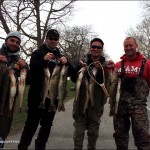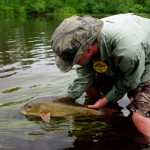By: Andrew Ragas – Date Posted: January 20, 2011
Scheduled during the school year each year is a designated period in which students of high school and college age are rewarded with a full week recess. In some cases, this can also apply to adults who also need to take a vacation themselves. In popular culture, this period of the year is better referred to as spring break.
During my college years from 2005 to 2010, I had the privilege of traveling out of Illinois three times for my annual spring break that always began on the last Saturday of February. For three straight years I vacationed in West Palm Beach, Florida, which is located within 60 miles north of Miami; straight up I-95.
For many individuals, the State of Florida is most commonly associated with the elderly and retirement communities, beaches, tourism, party going, spring training baseball, and Mickey Mouse. However, I went for something entirely different.
Each time I traveled to south Florida, my objectives were to take a break from regular social life, to visit my aunt and uncle at their winter home, and to fish the plentiful freshwater canal systems that are home to an infinite amount of angling opportunities.
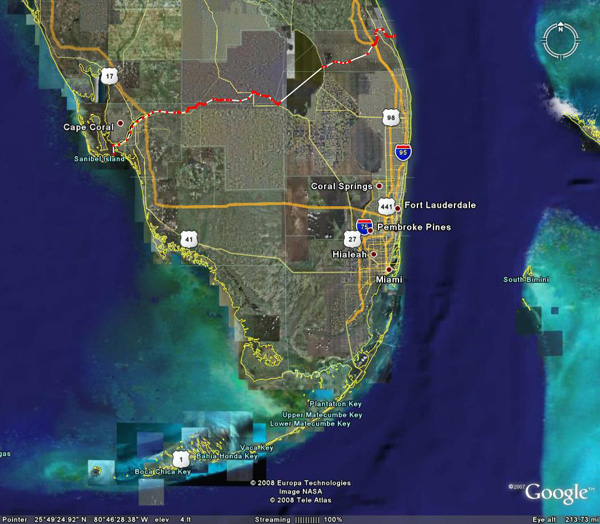
The canal systems of Florida evolved in the early 1900’s as the state experienced rapid population growth and extensive land development. This was the result of homeowners and investors who wanted to build valuable waterfront properties further inland and away from coastlines. The canal systems today, managed for water control, agriculture, and recreation, encompass thousands of miles worth of fertile and fishable inter-connected water.
Some may question my motives for wanting to fish south Florida’s canal systems for three straight years whereas instead I could have gone to the popular Okeechobee, Toho, or Kissimmee lakes, or even taken a charter out on the Atlantic. The fact that my relatives had a back yard full of fish was the basis for my travel itinerary.
Florida’s freshwater canals teem with popular gamefish species such as largemouth bass, peacock bass, channel catfish, bream (bluegill), shellcracker (sunfish), and crappie. In addition, the canals include lesser known species such as grass carp, bowfin, snakehead, pickerel, tilapia, and four subspecies of gar. The canals are noted to be one of the most diverse bodies of water in the world amongst freshwater fish species.
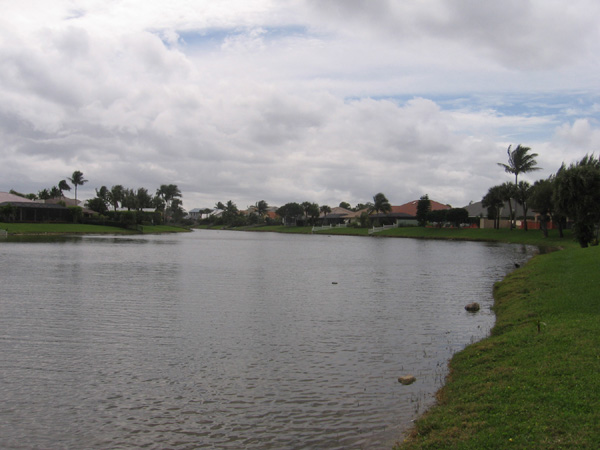
While I could have enjoyed a multi-species angler’s paradise by trying to fish for all kinds of interesting fish during my previous trips, I only focused on one in particular: The state fish of Florida, largemouth bass. My goal for three years was to always reach the magical ten pound mark.
When comparing our northern strain largemouth bass to the Florida strain fish, the greatest difference is obviously seen in terms of body size and proportion. The canals are no stranger to this as they are loaded with abundant populations of largemouth bass.
The factors that allow for such great bass fishing are the canals habitat. Both emergent and submergent vegetation are at a premium, as is downed wood, and many channel depressions.
With an infinite number of ambush points and hideouts for bass, the canals can be fished in a multitude of ways. You can catch fish all day long by fishing from small craft or from shore. Where I fish, at my relatives 10-acre shallow back yard pool located in West Palm Beach, my best option is to wade out into the shallow waters or fish from shore because I have no access to a boat.
Fishing during spring break at the end of February and early March can be a hit or a miss as water temperatures usually dictate the moods of the fish. Two of my three trips were a success, full of numbers of fish and some big fish, while the other was a dud in terms of everything. Patterning bass can be difficult because this season encompasses some of Florida’s coldest and most inconsistent weather of the year. You’d better hope for some warm spells in order to make that spawning period more predictable, and get the fish actively feeding.
At this time of the year, water temperatures are normally within the range of 58 to 65 degrees. Largemouth bass are preparing themselves for the upcoming spawn that may occur within several days.
The approach to catching bass is rather simple when fishing a long, yet narrow, canal system that contains depths no greater than 6 feet deep. Since shore fishing from one’s property does not offer ample access to multiple spots and large coverage of water, the key for maximizing success is to do the following: Fish early mornings and late afternoons & evenings; avoid midday sunlight at all costs.
My objectives on the canals have always been to keep myself busy with numbers of bass while always staying in pursuit of that personal best trophy. I have always gotten the best results by fishing with oversize larger baits that are traditionally meant for weeds and thick cover.

Since the shallow water and abundant cover requires fast-moving surface presentations as well as weedless and snag-proof methods for the bottom, my most frequently used baits have been the following:
- Plastic Worms: 7 to 10 inch purple Culprit ribbontails, and lizards.
- Craws: 4 inch YUM Craw Bugs and 4-5 inch flipping tubes.
- Creature Baits: YUM Wooly Bug and Sooie; 6 inch Gambler Hawg.
- Grubs: 5 and 6 inch with weighted worm hook.
- Jig and Craws: 3/8 oz. Nicholls; Strike King swim jigs; Booyah.
- Chatterbaits: Rad Lures and Strike King Poisons
- Topwaters: Storm Chug Bugs and 4 to 7 inch propeller styles.
- Buzzbaits and Spinnerbaits
Due to airplane travel and the fact I don’t have available cargo room for long one-piece rods in the motor transportation I am given, the gear I am allowed to bring is limited.
I force myself to bring only two rods (spinning), and a varied selection of the baits listed above. My rods are required to be two-piece traveling rods, with medium heavy actions and lengths of 6.5 to 7 feet. The reels are size 30 Quantums with powerful drag systems, equipped with at least 10 lb. mono and 15 lb. braided superline. I feel that heavier action spinning rods enable me to fish with more versatility in terms of casting, retrieval speeds, and lure presentations.
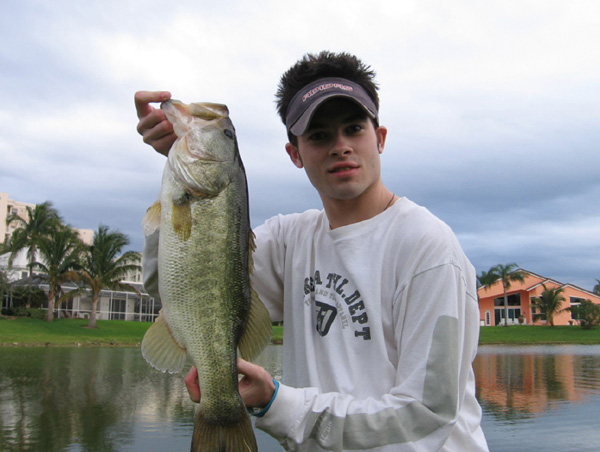

To date, I have caught hundreds of largemouth bass from the canals. However, roughly 95 percent of the fish caught have been small to southern standards in the range of 14 to 18 inches in length. Despite that, out of every 40 or so fish caught, a small percentage of them will be large.
My largest bass to date was caught from these canals in March, 2007. It measured 24 inches and had a weight of over 8 pounds. Like a majority of the bass I catch in south Florida, this personal best fell victim to a weighted weedless creature bait that was retrieved along the weedy bottom. Besides this one, some other noteworthy fish caught have been in the range of a respectable five to seven pounds. Although I haven’t achieved my goal of catching a ten pounder in the duration of three trips, I will have other opportunities to do so again in the near future.
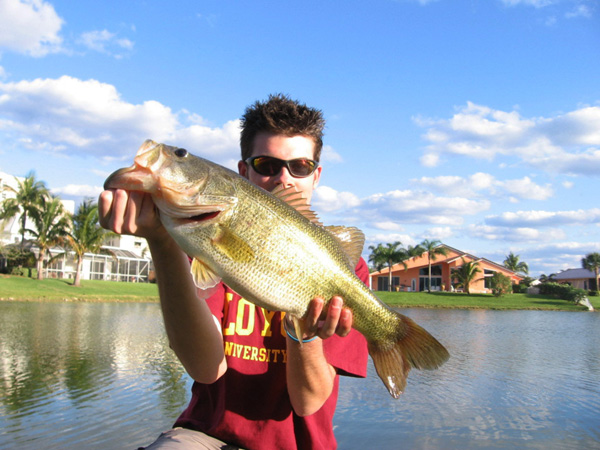
If traveling to south Florida for spring break for any occasion other than fishing, remember that good fishing will always be readily available and nearby. The greatest benefit of it all is that canal fishing occurs near some of the most popular Florida tourist destinations. These waterways might not be the most picturesque or world class, but they offer some of the best bass fishing one could expect in the Deep South.



